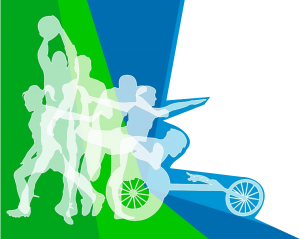Sports for Development and Peace
When you go from Prince Road to Jinnah Road in Quetta, on your left is the Government Science College compound that stretches from Masjid Road Chowk to Jinnah Road Chowk. The buildings of all the educational blocks of the college are connected to Patel Road on the south and Jinnah Road on the west. On the north side of the college, on Prince Road, there are two large grounds of this great alma mater of many renowned personalities. One ground is as big as a football pitch while the other is the size of a hockey ground. These are the grounds that once teemed with Quetta residents before and after college time. If one corner of these grounds was occupied by those playing cricket, the other was filled with football players. If somewhere there was hockey being played, at another place, young men enjoyed volleyball. Some people were seen involved in local sports while at some other place gossip was also going on. Kite-flyers would also arrive here in the winters. At that time, both these grounds were maintained with great diligence by the college administration. There would be hardly a person of our generation, or from our seniors, in central Quetta who has not played a sport in these grounds in his childhood and youth. It was the only playground right in the middle of the city where entry was common and one could play any game one wanted. Although there are many sports grounds in the city at present, most of them are within the premises of schools and colleges, or are owned by some other institutions where entry is not open to all while some are reserved for a particular sport. So, the grounds of Science College had a critical importance for sports activities in Quetta.
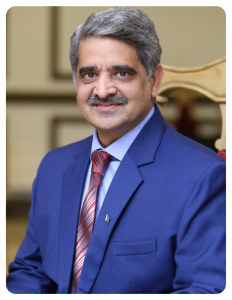 But, the things changed; keeping in view the precarious law and order situation in the city, the college administration banned sports activities on these grounds for security purposes. Thus, the Science College grounds, where one would hardly find a space large enough to play, and where one had to go early in the morning to occupy a place to play, are now desolated and lamenting their emptiness. The spree of terrorist attacks in the recent past had left our grounds deserted. But thanks to the National Action Plan, the law and order situation in Pakistan has improved now and our playgrounds are being thronged by people again. International players and teams from other countries are touring Pakistan to play sports. Thus, our playgrounds, the closure of which depicted unrest and chaos, are being repopulated to prove that peace has prevailed again. It also shows with full force that if sports get affected by unrest, they are also a bulwark against that.
But, the things changed; keeping in view the precarious law and order situation in the city, the college administration banned sports activities on these grounds for security purposes. Thus, the Science College grounds, where one would hardly find a space large enough to play, and where one had to go early in the morning to occupy a place to play, are now desolated and lamenting their emptiness. The spree of terrorist attacks in the recent past had left our grounds deserted. But thanks to the National Action Plan, the law and order situation in Pakistan has improved now and our playgrounds are being thronged by people again. International players and teams from other countries are touring Pakistan to play sports. Thus, our playgrounds, the closure of which depicted unrest and chaos, are being repopulated to prove that peace has prevailed again. It also shows with full force that if sports get affected by unrest, they are also a bulwark against that.
In societies around the world, the role and impact of sports regarding development and peace-building has been the subject of debate for centuries. Some talk about its negative aspects while others highlight the positive sides. But the reality is that “sports for development and peace” is being widely seen as an emerging strategy to ensure sustainable development. Although the use of “sports for development and peace” as a policy and a social movement has been in vogue since 1990s, its history can be traced back to the ancient world when the Olympic Truce was first used to establish a temporary peace between warring states. The Olympic Truce, or ekecheria, is based on an ancient Greek tradition, dating back to the eighth century BC. All conflicts ceased during the period of the Truce, which began seven days prior to the opening of the Olympic Games and ended on the seventh day following the closing of the Games, so that athletes, artists, their relatives and pilgrims could travel safely to the Olympic Games and afterwards return to their home countries.
“Sports for development and peace” is an emerging field of education. It is being studied in a number of disciplines, especially in international development, conflict and peace studies, sports studies, kinesiology, sociology and regional studies.
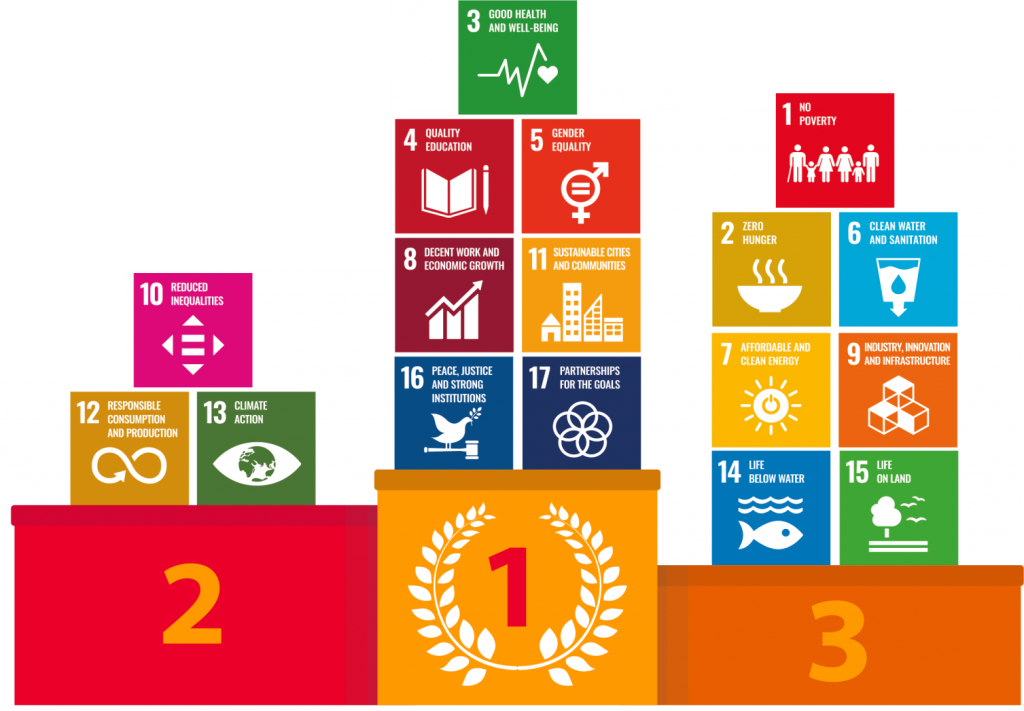 There are many examples of its use at international level. The end of hostilities between the United States and China came through ping-pong (table tennis) diplomacy, South African President Nelson Mandela’s apt use of Rugby World Cup in 1995 – the first Rugby World Cup in which every match was held in one country – to prevent a civil war in the country and make people forget the bitterness of the past, and the use of a football world cup qualifying match as a means to re-open diplomatic dialogue by the presidents of Turkey and Armenia are but some examples in this context. Similarly, cricket diplomacy is known to promote peace-building between Pakistan and India.
There are many examples of its use at international level. The end of hostilities between the United States and China came through ping-pong (table tennis) diplomacy, South African President Nelson Mandela’s apt use of Rugby World Cup in 1995 – the first Rugby World Cup in which every match was held in one country – to prevent a civil war in the country and make people forget the bitterness of the past, and the use of a football world cup qualifying match as a means to re-open diplomatic dialogue by the presidents of Turkey and Armenia are but some examples in this context. Similarly, cricket diplomacy is known to promote peace-building between Pakistan and India.
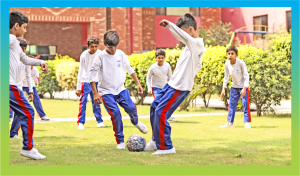 All these examples prove the power and importance of sports as an effective tool in international strategies for conflict-prevention and peace-building. In addition, sports play an important role in mitigating social tensions and conflicts, as well as in adding an impetus to development in a society. That is why the UN General Assembly decided in August 2013 to celebrate April 6 as the International Day of Sport for Development and Peace.
All these examples prove the power and importance of sports as an effective tool in international strategies for conflict-prevention and peace-building. In addition, sports play an important role in mitigating social tensions and conflicts, as well as in adding an impetus to development in a society. That is why the UN General Assembly decided in August 2013 to celebrate April 6 as the International Day of Sport for Development and Peace.
“Sport for Development and Peace” means making a deliberate, apt use of sports and other physical activities to achieve the cherished goals of development and peace. Thomas Bach, president of the International Olympic Committee (IOC), regularly emphasizes that “sport is not just physical activity; it promotes health and helps prevent, or even cure, the diseases of modern civilization. It also is an educational tool which fosters cognitive development; teaches social behaviour; and helps to integrate communities.”
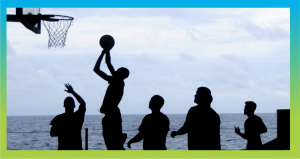 The right to participate in, and have access to, sports has been recognized in a number of international conventions. In 1978, UNESCO declared sports and physical education a fundamental right for all. But, there are many countries even today, including Pakistan, where sports and people’s right to play are often neglected. This fact can be gauged from the UNDP’s Pakistan Human Development Report 2017 according to which 93 out of 100 young men and women in Pakistan do not have access to sports facilities – only 7 youths have this access. When we talked about this situation with Dr Muhammad Zafar Iqbal Butt, Chairman, Department of Sports Sciences and Physical Education, University of the Punjab, he said, “There is no restriction on it by the government nor is there any restriction of impediment at federal or provincial level. In terms of access, you can surely say that everyone is allowed it, but not everyone actually has this access owing to less availability of infrastructure and financial resources. A large part of Pakistan’s population lives in rural and small towns where there is a lack of quality sports facilities. So, it is not as accessible to the people as it should be.”
The right to participate in, and have access to, sports has been recognized in a number of international conventions. In 1978, UNESCO declared sports and physical education a fundamental right for all. But, there are many countries even today, including Pakistan, where sports and people’s right to play are often neglected. This fact can be gauged from the UNDP’s Pakistan Human Development Report 2017 according to which 93 out of 100 young men and women in Pakistan do not have access to sports facilities – only 7 youths have this access. When we talked about this situation with Dr Muhammad Zafar Iqbal Butt, Chairman, Department of Sports Sciences and Physical Education, University of the Punjab, he said, “There is no restriction on it by the government nor is there any restriction of impediment at federal or provincial level. In terms of access, you can surely say that everyone is allowed it, but not everyone actually has this access owing to less availability of infrastructure and financial resources. A large part of Pakistan’s population lives in rural and small towns where there is a lack of quality sports facilities. So, it is not as accessible to the people as it should be.”
Commenting on the state of sports facilities in Pakistan, he said, “This is the biggest challenge for governments at federal as well provincial level. The level of our interest in this regard can be gauged by the fact that the office of the Director-General of Pakistan Sports Board is lying vacant for the last two and a half years. In terms of sports facilities, it is necessary to build new infrastructure but, at the same time, doing the maintenance of that we already have is also of pivotal importance. Although many setups have been established at tehsil, district and division level during the recent years – some of them are really very impressive with much developed infrastructure – yet such formalities have been incorporated in having access to these that a common man practically has no opportunity to get in there.
The biggest example in this context is the construction of swimming pools by the Punjab Sports Board at Gaddafi Stadium in Lahore. Their membership fees are so exorbitant that it is virtually inaccessible to the general public. Similarly, there are very good training centres at the tehsil level, but the question is: are those accessible to all, especially a sportsperson with average financial standing? There are many centres where everything is available but they are getting rusted as there is no one to take care of them. This is a moment of reflection for our provincial and federal sports bodies. Special attention should be paid to this and it should be made accessible to all, especially for the children and youth belonging to lower and lower-middle class.”
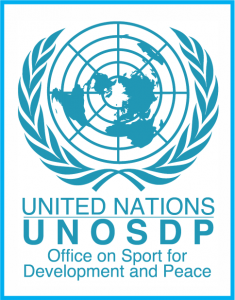 While responding to the question “What does sport teach us?”, Dr Butt said, “Sports teach us everything from being the best and most successful citizen in life to being a disciplined human being, from making us obey rules to grooming us to maintain good health, play transparently, respect others and adhere to all social, cultural and moral values. In fact, some things that we don’t get through education, we get them on the playground. Sports teach us to tolerate things or decisions against us. They inculcate in us a sense of unity and love without any discrimination or prejudice.”
While responding to the question “What does sport teach us?”, Dr Butt said, “Sports teach us everything from being the best and most successful citizen in life to being a disciplined human being, from making us obey rules to grooming us to maintain good health, play transparently, respect others and adhere to all social, cultural and moral values. In fact, some things that we don’t get through education, we get them on the playground. Sports teach us to tolerate things or decisions against us. They inculcate in us a sense of unity and love without any discrimination or prejudice.”
While throwing light on the impact of terrorism and extremism on our sports, Dr Butt opined that both these vices have greatly damaged our sports. He said, “The attack on Sri Lankan cricket team in Lahore, in 2009, resulted in a blanket ban not only on international cricket games in Pakistan but also on many other sports as well and no major sports event took place in Pakistan for a long time due to which our sports industry was in a slump. A horrendous impact of this has been that our players could not find ample opportunities to take part in sporting events. Nonetheless, things are getting better now and I’m sure they will further improve in the future.”
When we asked Dr Butt as to how terrorism and extremism can be countered with sports, he said that sports were the best antidote to terrorism and extremism. He explained that athletes are ambassadors of peace as they convey the message of peace and brotherhood to all. Their interpersonal relationships are the best way to build relationships between different countries or groups. He further elaborated that sports have been a feature of Islamic traditions and even today there is no religious division over it. He said, “Sports is the best source of catharsis; you will not find such helpful things in any other aspect of life. Sports are the best weapon against terrorism and for promoting peace. People build careers in sports. The moral and social values we need are the hallmarks of sports and these are the best way to make us better and more peaceful citizens.”
Highlighting that sports are necessary for development and peace, Dr Butt elaborated that both these are inter-linked for the development of a nation and a country. All the mega sports events held in a country highlight its culture and the lifestyle of its citizens. The attack on Sri Lankan team resulted in our isolation at the international level which badly affected Pakistan’s image in the global community. It also had serious ramifications for our sports industry and, in turn, on our national economy as well. However, it is quite encouraging that things have improved now; Pakistan Super League (PSL) and some international sporting events are taking place in Pakistan. The policies of the current government are commendable in this regard. We have proved that we are a peace-loving nation and we love sports.
“Health of a society is directly linked to its playgrounds; if its playgrounds are occupied, its hospitals will surely be deserted, which is our greatest need. Sporting and exercising activities greatly improve your immunity and help you fight the Covid-19 pandemic. In my view, it is no less than a jihad against this disease. These activities do not allow the disease to overwhelm you but enable you to fight it,” he said.
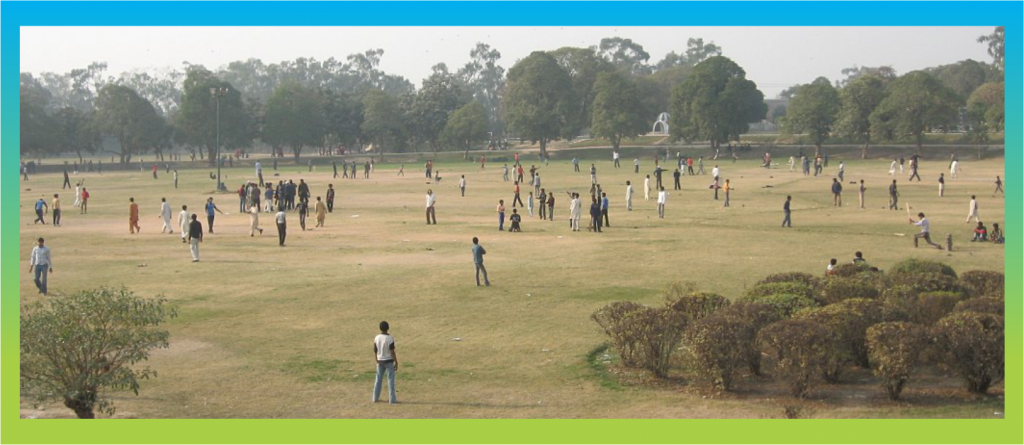 Dr Butt also opines that sports help in the development of the country. He says, “Sports is now an industry which employs a large number of people. The development of this industry is possible only if local, national and international sports activities are restored in our country. Sports industry has played a significant role in improving Pakistan’s economy. Sports goods manufactured in our great city of Sialkot are famous internationally and earn huge sums in foreign exchange that helps boost our economy. Furthermore, Sports not only promote a sense of normalcy, they also portray a nation as peaceful and peace-loving. It promotes international tourism which is a key industry to attract foreign investment. They also contribute to achieving many of the United Nations Sustainable Development Goals.”
Dr Butt also opines that sports help in the development of the country. He says, “Sports is now an industry which employs a large number of people. The development of this industry is possible only if local, national and international sports activities are restored in our country. Sports industry has played a significant role in improving Pakistan’s economy. Sports goods manufactured in our great city of Sialkot are famous internationally and earn huge sums in foreign exchange that helps boost our economy. Furthermore, Sports not only promote a sense of normalcy, they also portray a nation as peaceful and peace-loving. It promotes international tourism which is a key industry to attract foreign investment. They also contribute to achieving many of the United Nations Sustainable Development Goals.”
Dr Butt laments that first the terrorism and now the Covid-19 pandemic has left our playgrounds deserted. He also blames the unfair educational practices that hardly leave any time for the young students to engage in physical activities like sports. They are instead playing games on their mobiles and other digital devices owing to which they are becoming increasingly inactive. In his opinion, the economic factor has also taken a heavy toll on the prospects of development of sports activities in Pakistan. In the words of Dr Butt, “In the past, people involved in sporting activities as it would earn them prestige and fame. But today economic constraints keep people away from engaging in these activities.”
Presenting some suggestions on the improvement of the state of affairs, Dr Butt says, “First of all, do infrastructure development. A network of sports facilities should be laid. We need to build grounds in private schools with all the requisite facilities. There should be sports periods in educational institutions where students must be made to participate. In the public sector, we need to make things accessible to all. The supply of the sporting paraphernalia should be ensured at school, college and university level. School-level sports are the most important for the promotion of sports in the country. Private schools do not even have playgrounds. We should also pay attention to this. Unless they have a playing area, private schools should not be registered. We need to work seriously to address the lack of sports facilities and their condition. Relevant institutions should pay attention to this.”
Dr Butt also laid emphasis on the revision of sports development policy and said that it was necessary to allocate budget for sports at the provincial and federal level and use this budget properly for the players.
… to be continued
The writer can be contacted at: misteratif@yahoo.com
 Jahangir's World Times First Comprehensive Magazine for students/teachers of competitive exams and general readers as well.
Jahangir's World Times First Comprehensive Magazine for students/teachers of competitive exams and general readers as well.
